respiratory system
1/30
There's no tags or description
Looks like no tags are added yet.
Name | Mastery | Learn | Test | Matching | Spaced |
|---|
No study sessions yet.
31 Terms
the tube that connects the throat and bronchi
trachea
the tiny hairs that clean the air
cilia
the large band of muscle that controls the size of the chest cavity
diaphragm
the two large lightweight organs of the respiratory system.
Lungs
the many little branches of the respiratory system
Bronchioles
the part of the respiratory system that is the voicebox
larynx
the grape like clusters of air sacs in the lungs
alveoli
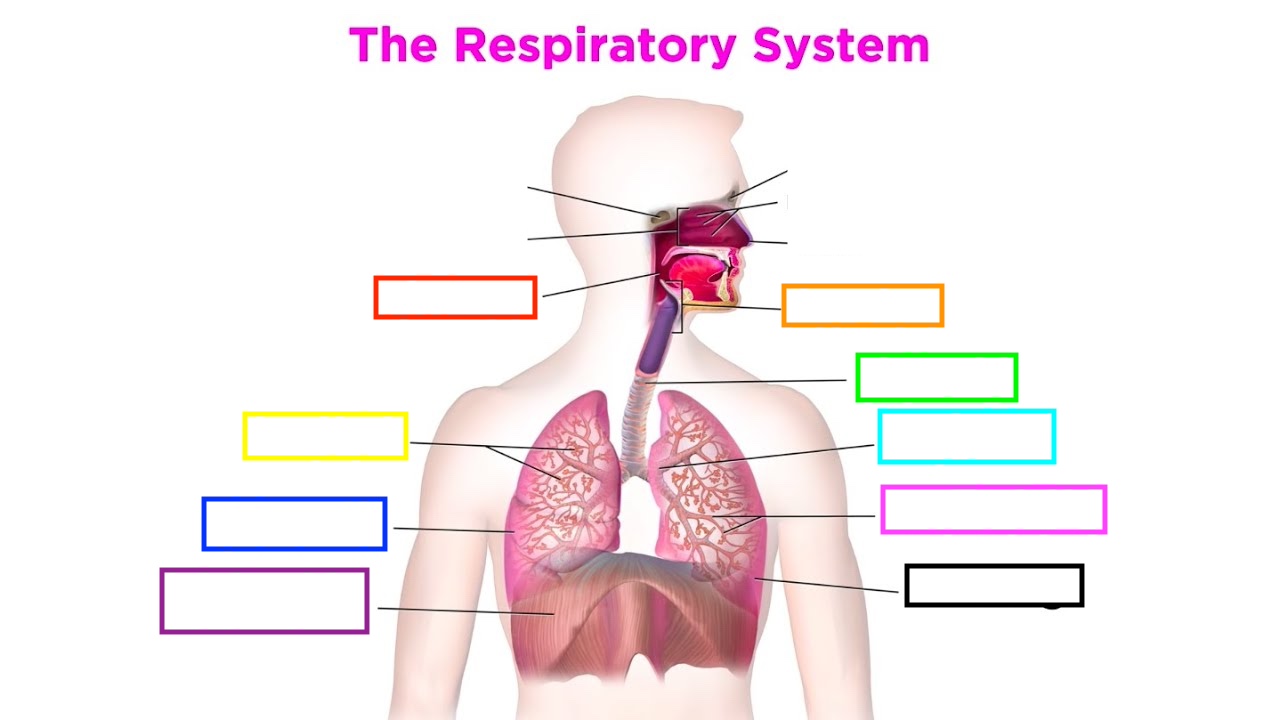
name the red
pharynx
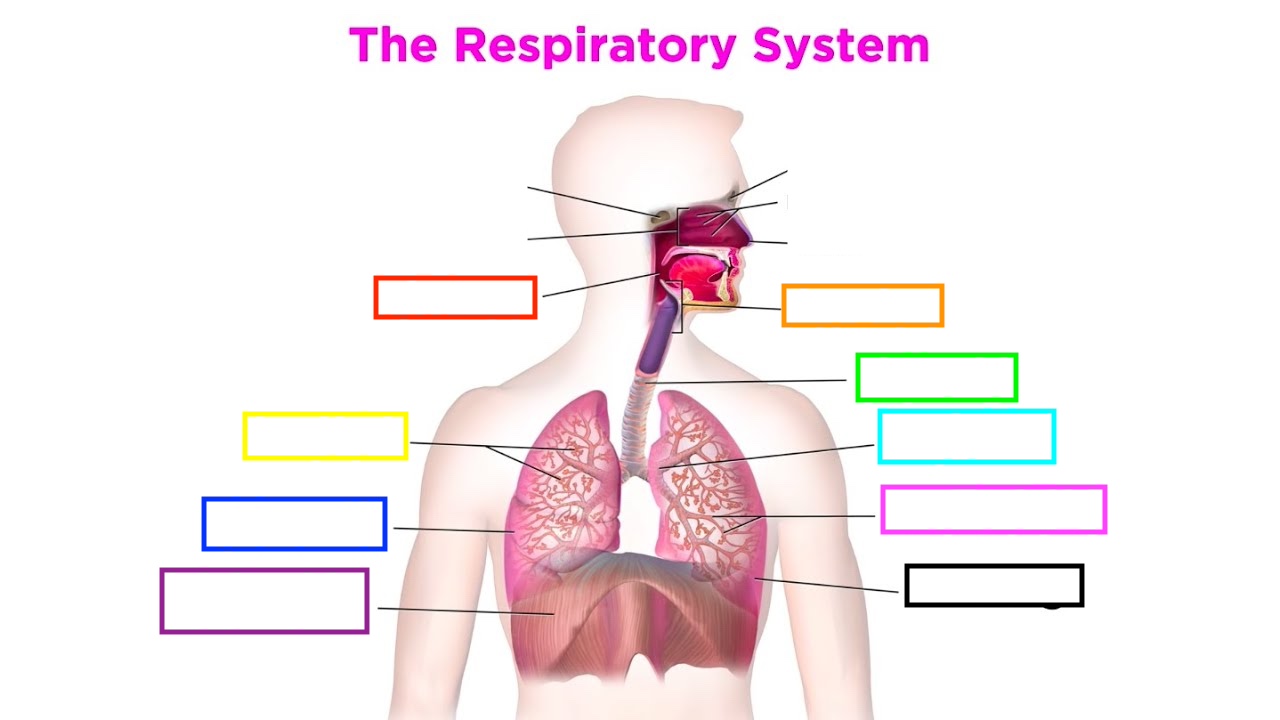
name the orange
larynx
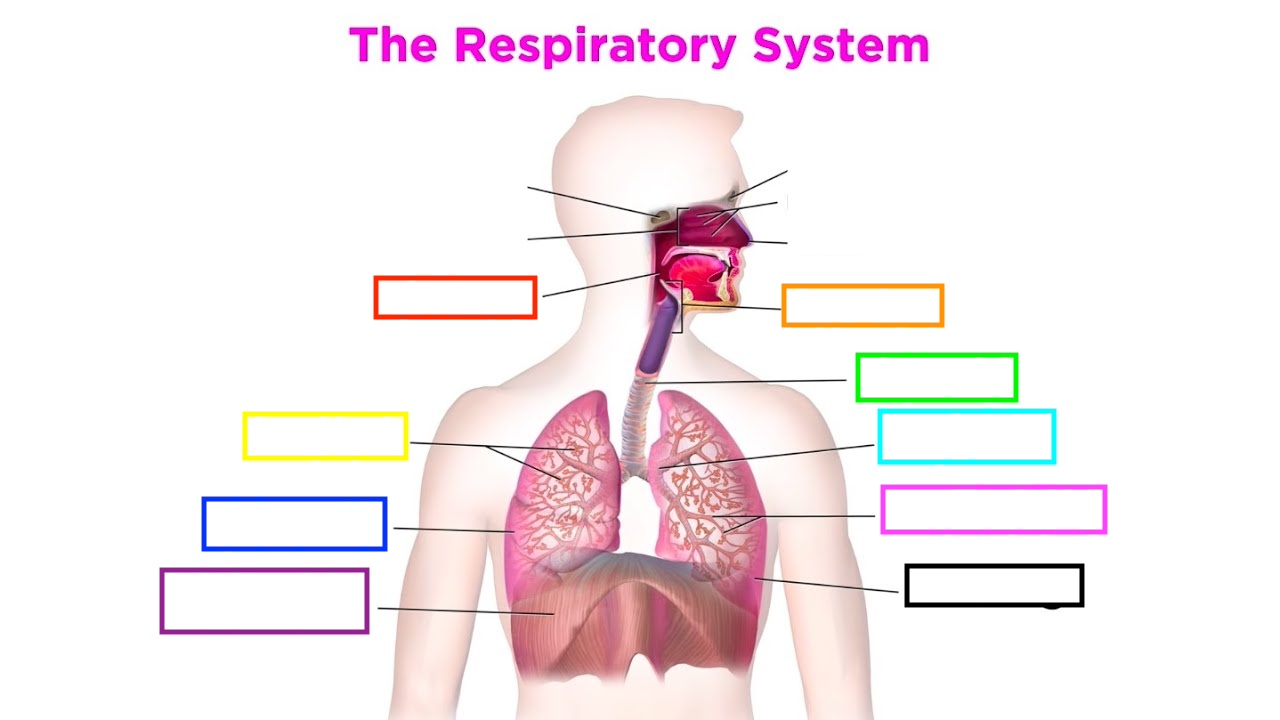
name the yellow
aveoli
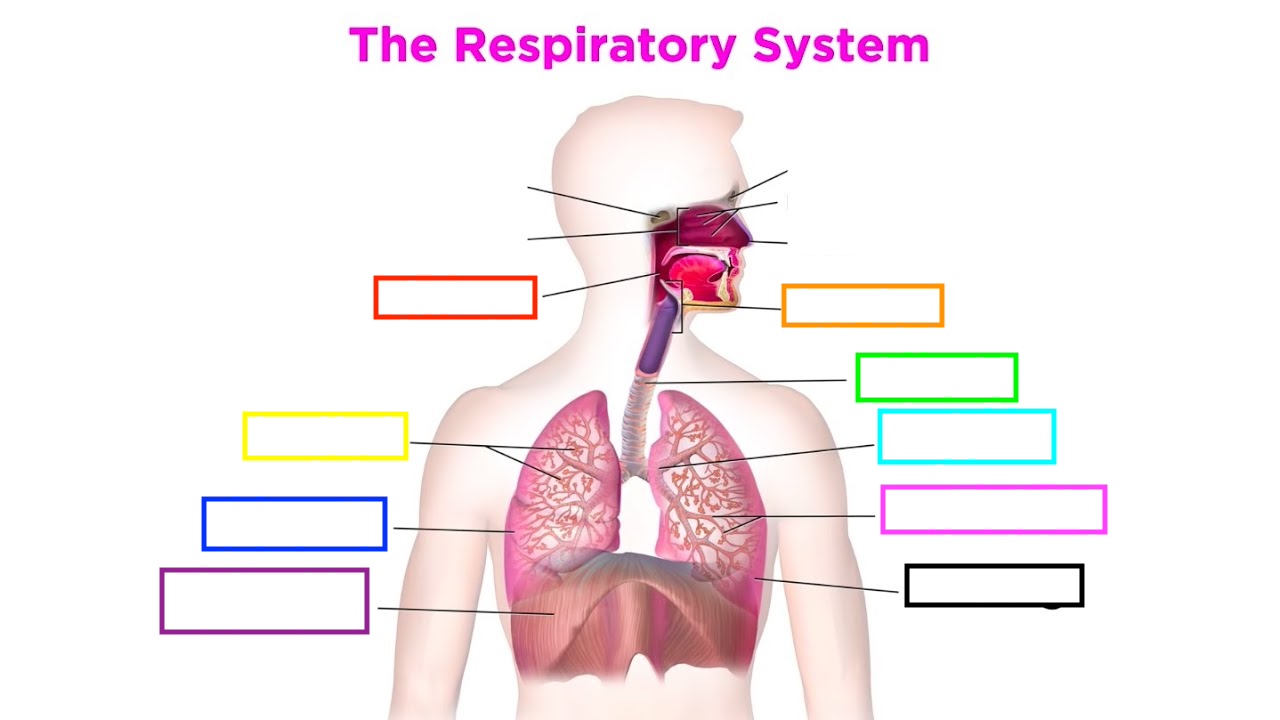
name the green
trachea

name the cyan
bronchus
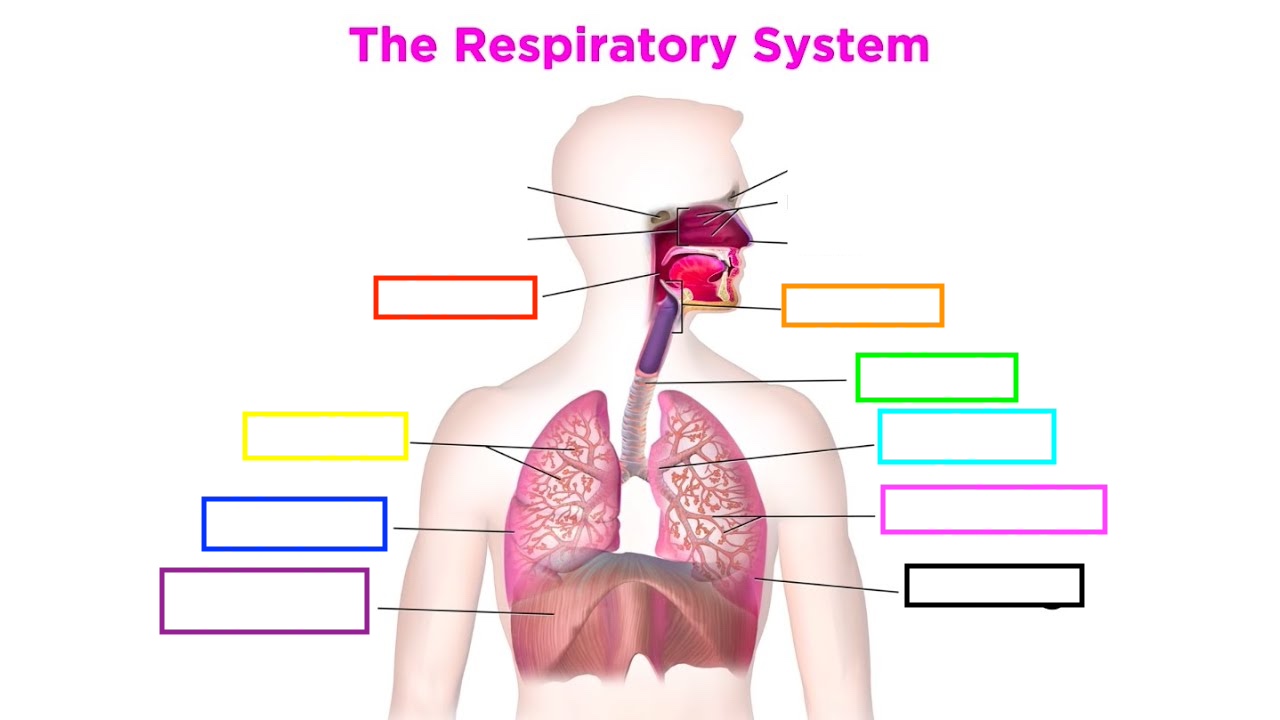
name the blue
right lung
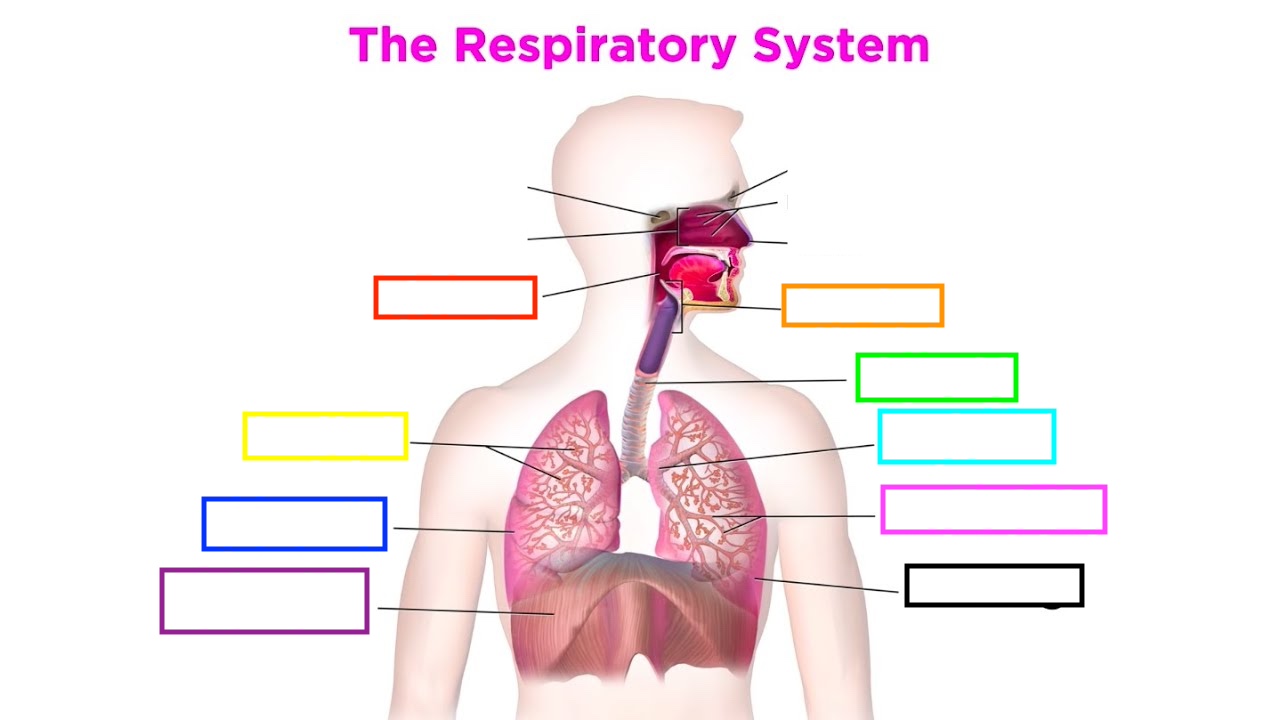
name the pink
bronchioles
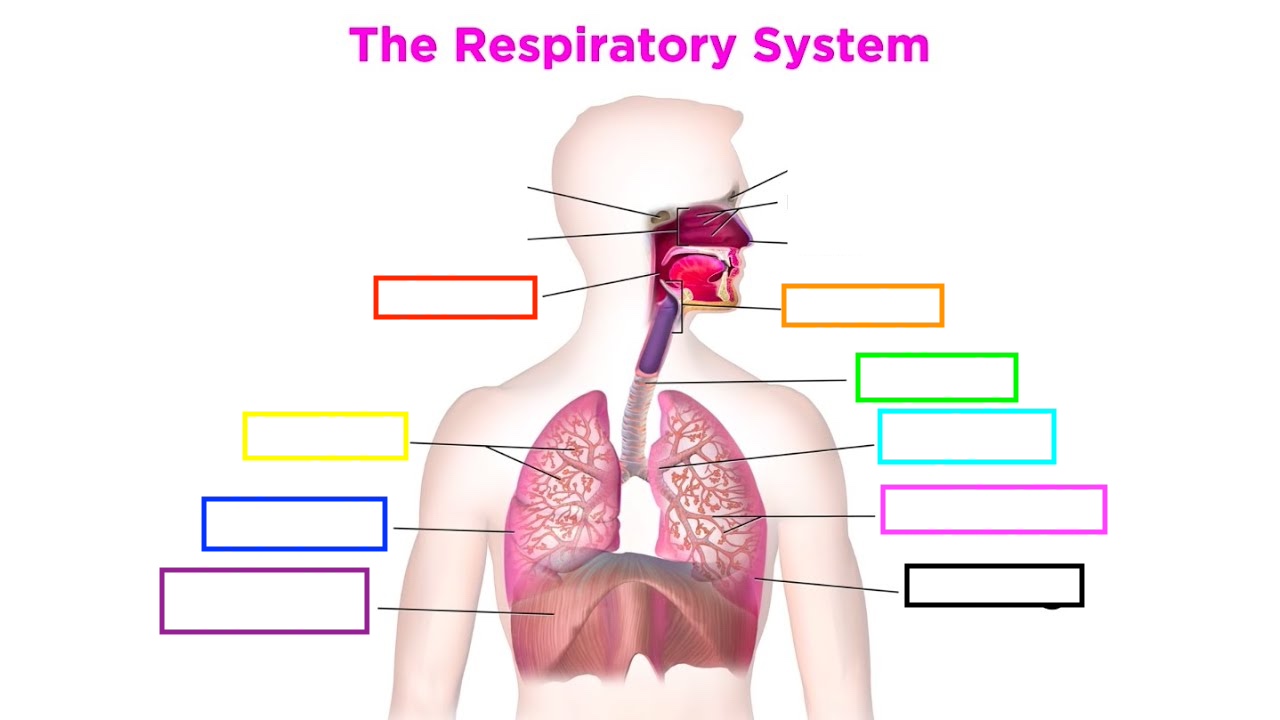
name the purple
diaphargm
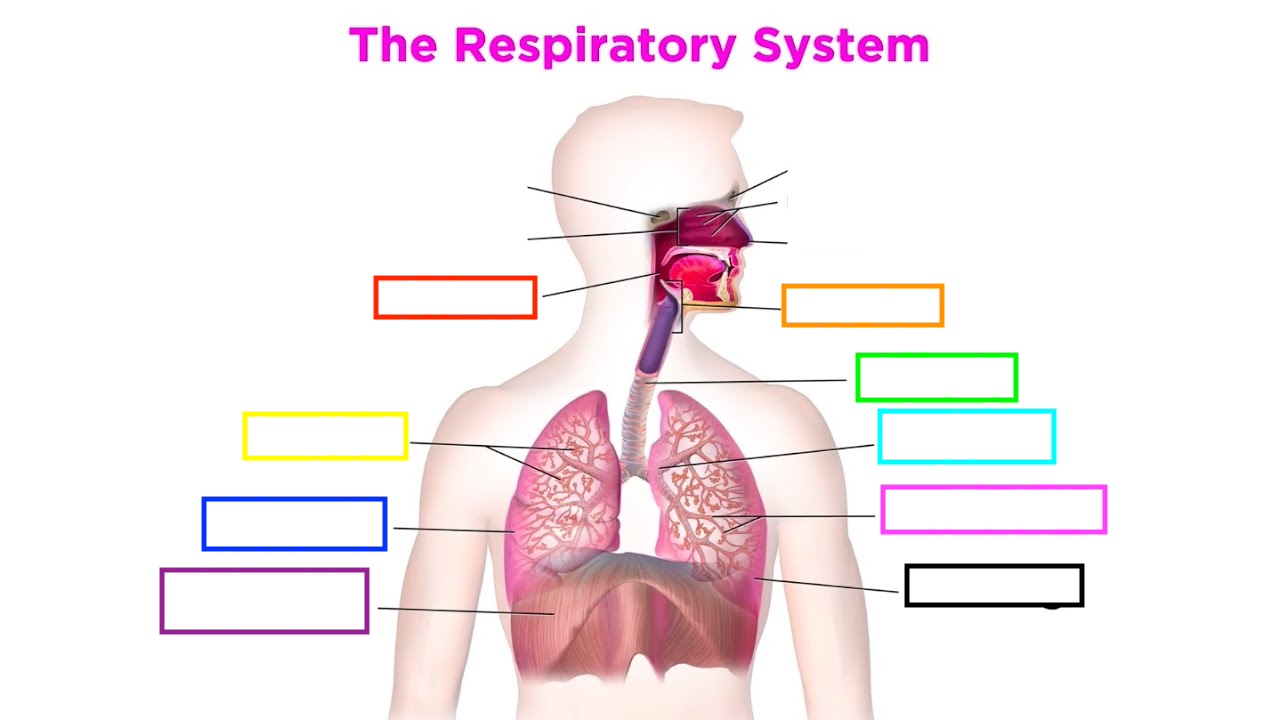
name the black
left lung
Parts of the circulatory
mouth/nose-pharynx-larynx-trachea-bronchi-bronchioles-alveoli--capillaries-pulmonary vein-heart-body cells/
during inhalation
the ribcage moves downward
the actual exchange of gases occurs at the
alveoli
breathing is an involuntary action under the control of the
medulla oblongata
as air passes through the nasal passages, the mucus and hairs do not filter out
moisture
what prevents the trachea from collapsing
c-rings of cartilage
the bronchioles open onto bunches of air sacs called
alveoli
correct sequence
nasal passages,trachea,bronchi,bronchioles alveoli,blood celss
gas exchanges occurs when
oxygen in the alveoli diffuses into the blood in the capillaries
oxygen from the air enters the blood stream at what location
alveoli
hyaline cartilage has primary function
support the trachea
when the diaphragm contracts
inhalation
how many lobes are in the right lung
3
what happens when the diaphragm is lowered
flattens and contracts the chest cavity enlarges
lobes in left lung
2